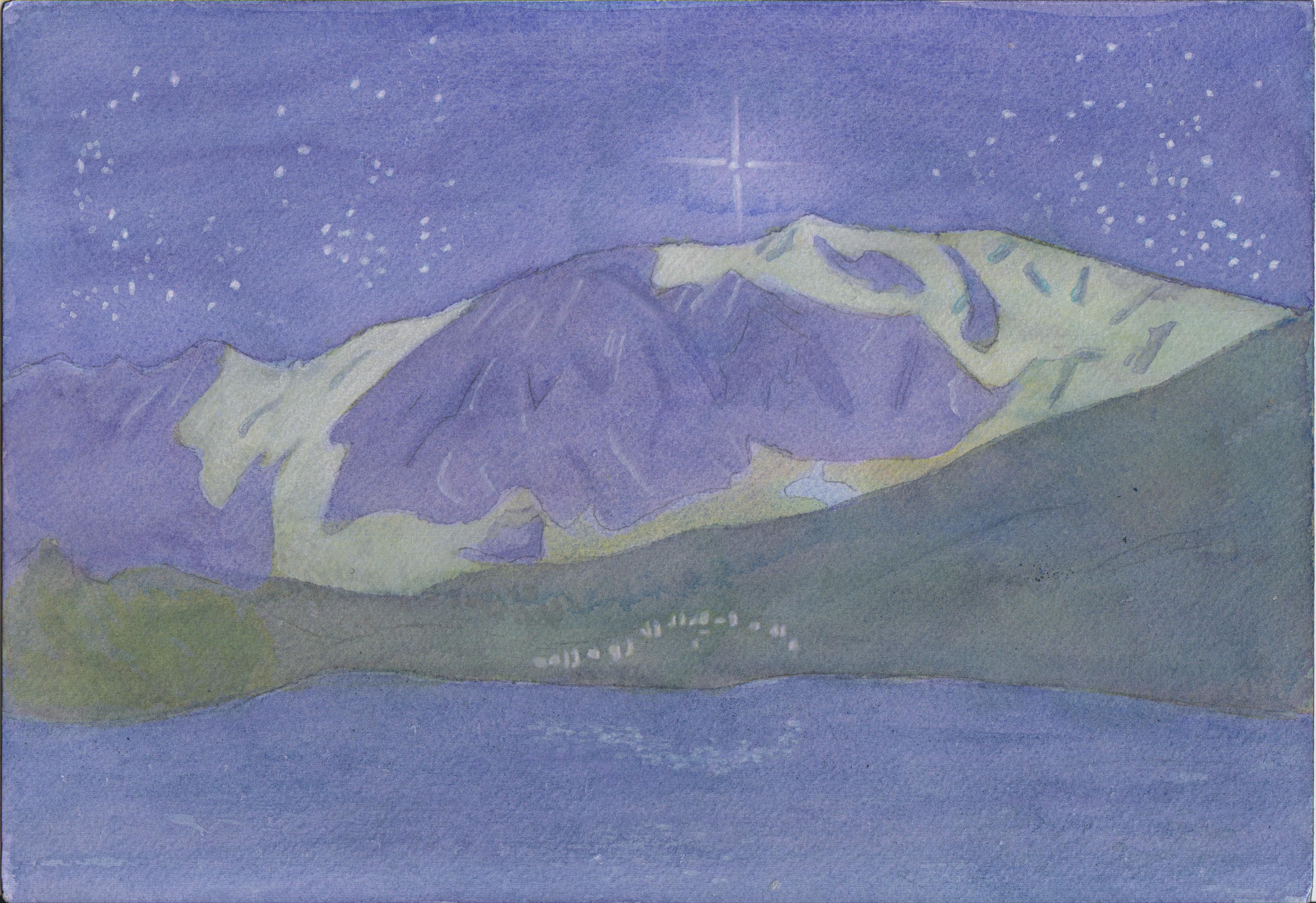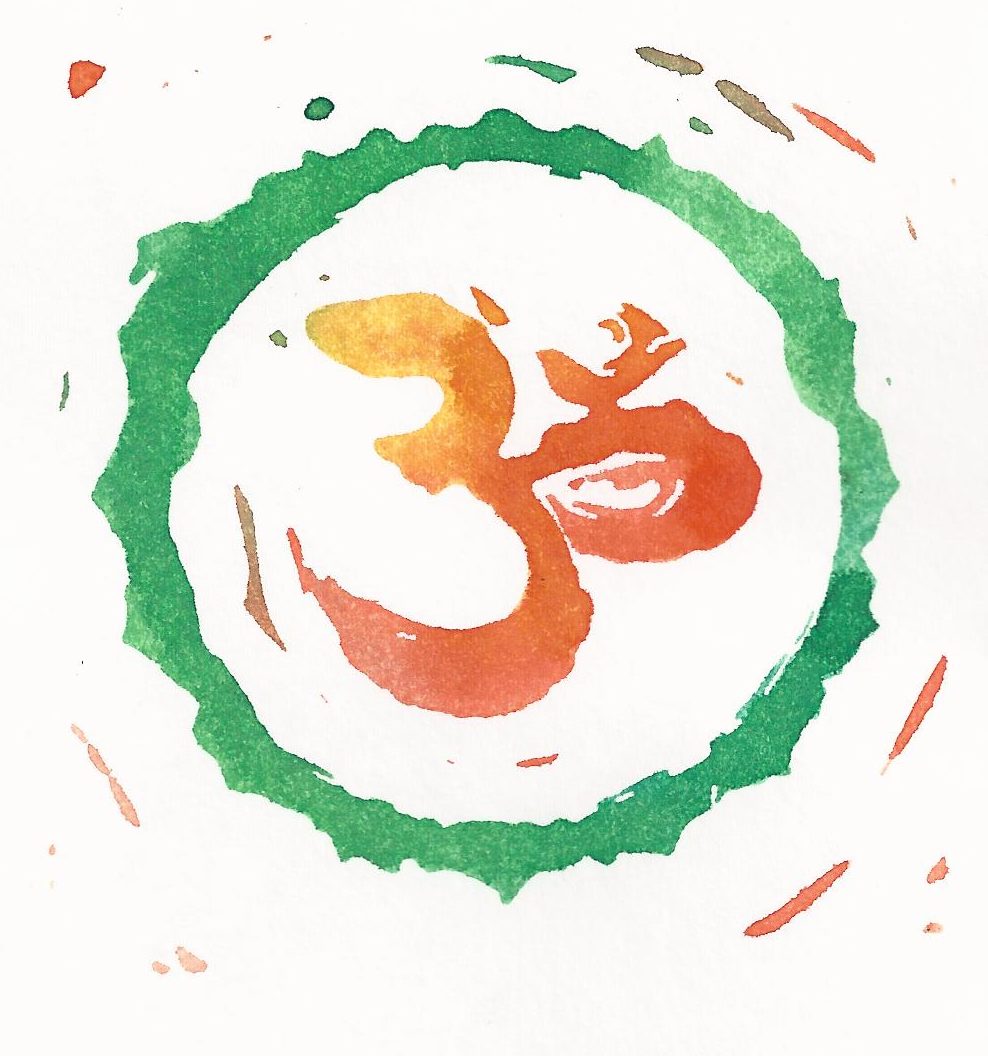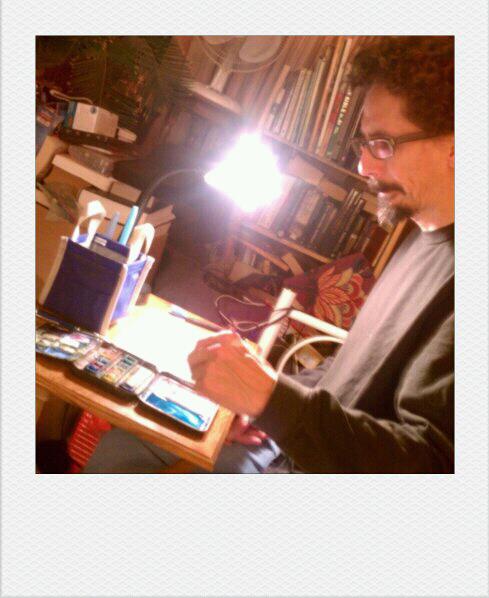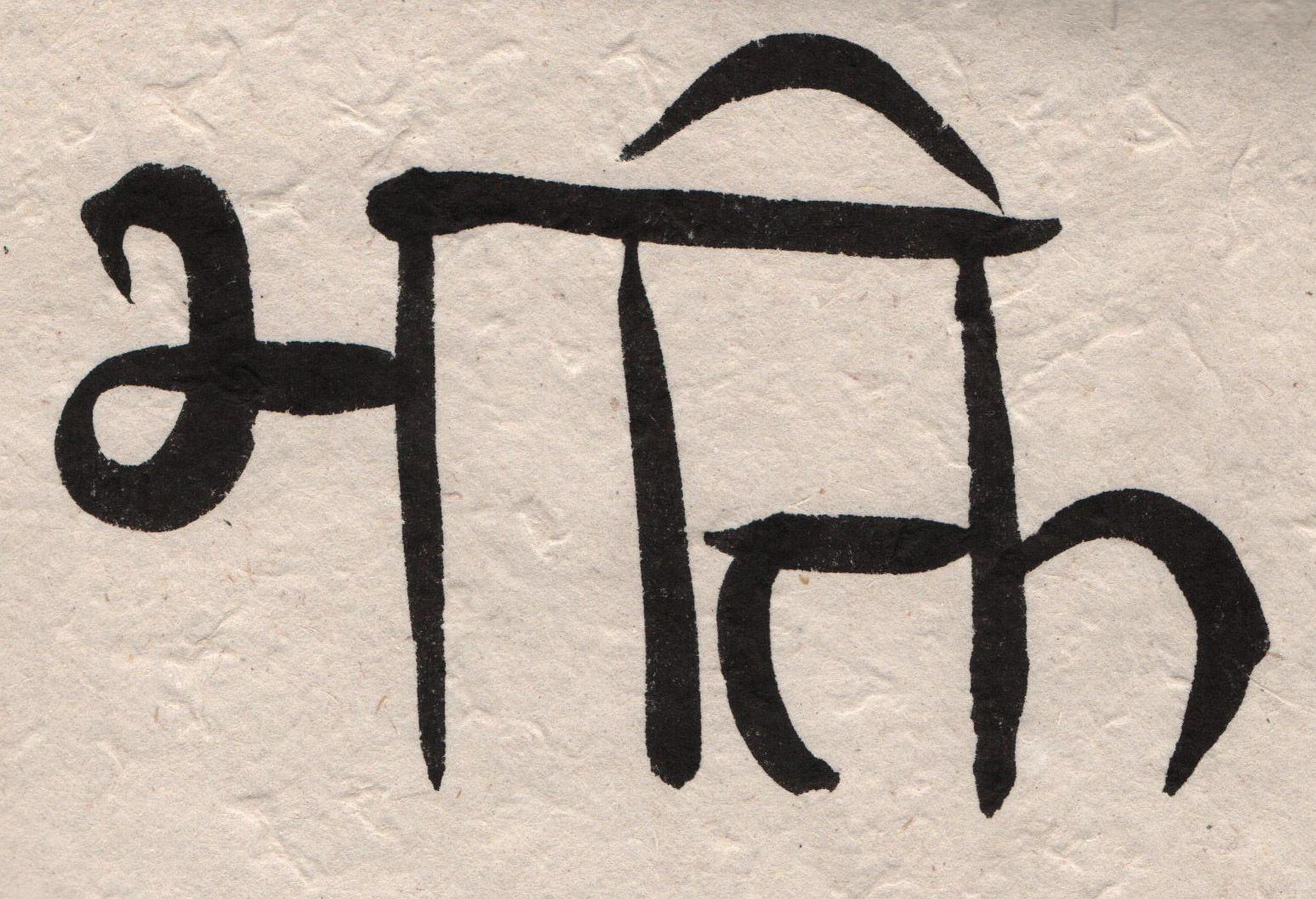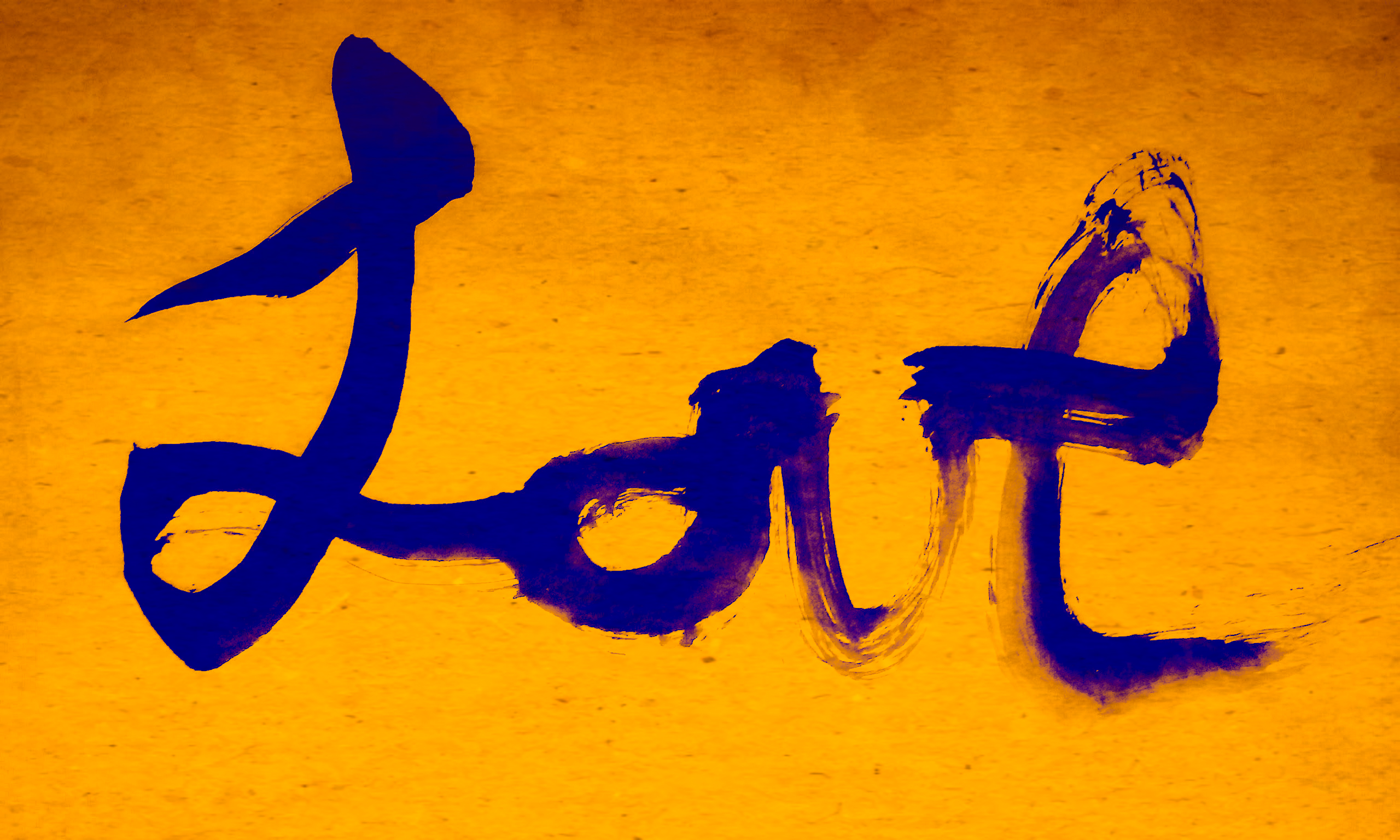
My spiritual journey is coming full circle. Or it’s taking me in circles; one or the other. When I first consciously embarked on my quest to find the truth about spirituality, I came across many saccharin platitudes that sounded nice but didn’t seem very useful or informative. They seemed to be designed to draw you in by making you feel good. They were always coupled with a kind of bridge to nowhere sales pitch, like: “i’ll tell how to become totally enlightened in one easy step, but first let me set the scene…” then 20 pages later they still hadn’t given me the secret they promised and soon I’m in the reader’s equivalent of being lost in a bad neighborhood and wishing I had never listened to that talking fox in a top hat. The platitudes were always, “love is the answer.” “Love is the key.” And those four punks who said, “All you need is Love.” How is that going to help me levitate? I mean I really need to change these traffic lights with my mind so I’m not late for class. What a crock.
Well it turns out, those motherfuckers were right. I’ve learned over the years (and who hasn’t, really?) That my childhood dream of becoming a Jedi is not complete fantasy, as the Force is based on Eastern concepts commonly referred to as Chi, a life energy that flows through us and that we can harness for health and even self defense. In Sanskrit, the word for life energy is Prana. Most of my education centers on spiritual concepts of the Indian subcontinent, though the Taoist concept of chi, and Sufi teachings of Rumi are among the global exceptions that fill out my education. In any case, this energy is key to spiritual advancement. Whether you’re concerned with enlightenment or healing and longevity. What I had trouble comprehending was that, just as all the new age gurus had said from the outset, love is the key.
What finally helped make it click for me was when I was trying to learn the gist of reiki. I had been trying to infuse my art with energy like Zen master do with calligraphy. Actually, what they do is use the Ki (Japanese for Chi) to create the calligraphy. Writing Zen calligraphy is a meditative process. I wanted to use that process to create paintings (which Zen masters and Taoist masters also do) I wanted to infuse the art with the energy so that the viewer could benefit from the effects. So it occurred to me that reiki transfers energy from the master to the patient. So I wanted to do that with art.
I began to learn about reiki and I heard someone say that to get in the right frame of mind, they become grateful. They use that state of mind to open themselves up to receive the energy. The body and mind need to be in this relaxed, grateful, loving state to open the channels that the energy flows through. This also ensures that only positive healing energy is used. As I began to practice this, it became more and more part of my daily life. I had long been thinking of my meditation as a way of merging with this energy. I referred to it as “dissolving into the Light.” Then, one day recently, I was just kind of relaxing. I wasn’t in a meditation position. I wasn’t trying to merge with the Light. I was just relaxing and I felt grateful. I didn’t think about becoming grateful, I really was. For the ability to relax at that moment. And I felt myself more fully become absorbed in the Light then ever before. And it was then that I had the realization that the energy IS Love. Those motherfuckers had been right all along!
There’s a long way for me to go. I’m not enlightened yet, but this was a practical step that I can use to more fully practice what in Sanskrit is known as “merging with the Divine.” The Sanskrit word for this is “Yoga.” from the same Indo-European root as the word “yoke.” to be tied or tethered to. I hope this is useful to you. I hope you don’t have to plow through 30 years of experience to return to the basic concept. But we can’t understand anything until we’re ready. I guess I’m ready to begin.

